Description
State Quarters History
The 50 State Quarters program was the release of a series of circulating commemorative coins by the United States Mint. From 1999 through 2008, it featured each of the 50 U.S. states on unique designs for the reverse of the quarter.
The 50 State Quarters program was started to support a new generation of coin collectors, and it became the most successful numismatic program in history, with roughly half of the U.S. population collecting the coins, either in a casual manner or as a serious pursuit. The U.S. federal government so far has made additional profits of $3.0 billion from collectors taking the coins out of circulation.
In 2009, the U.S. Mint began issuing quarters under the 2009 District of Columbia and U.S. Territories Program. The Territories Quarter Program was authorized by the passage of a newer legislative act, H.R. 2764. This program features the District of Columbia, Puerto Rico, American Samoa, Guam, the United States Virgin Islands, and the Northern Mariana Islands.
Additional notes on individual quarter designs
Alabama: The Alabama state quarter is the first coin circulated in the U.S. that features Braille writing.
Arizona: The banner reading “Grand Canyon State” in the design is intended to split the quarter into two sections and indicate the Grand Canyon and the saguaro cactus are in two different Arizona scenes, as the saguaro cactus is not found near the Grand Canyon.
Colorado: William Eugene Rollins designed the quarter in a contest held in 2005. The quarter shows the landscape of Colorado’s nature side with a mountain and pine trees.
Connecticut: The Charter Oak on the back of the Connecticut quarter fell during a storm on August 21, 1856. It also appears on a 1936 half dollar commemorating the 300th anniversary of the state’s settlement by Europeans.
Georgia: An apparent mistake in the outline of the state of Georgia on the quarter appears to have accidentally left out Dade County, which is in the extreme northwestern part of the state.
Hawaii: The Hawaii quarter features a rendition of the statue of Kamehameha I, who united the Hawaiian Islands in 1810, with the state outline and motto. This is the first business strike U.S. coin to feature royalty or a monarch of any kind.
Illinois: The Illinois quarter is the only quarter to directly reference and portray an urban city, with a picture of the Chicago skyline. It is also the first coin to feature George Washington and Abraham Lincoln on the same coin.
Indiana: The Indiana quarter—having a problem similar to Georgia’s quarter—is missing part of its northwestern corner. Lake County is either partially or completely missing (where it borders with Lake Michigan). The error did not garner considerable notice.
Iowa: When Iowans were debating the design for its state quarter in 2002, there was a grassroots effort to use a design featuring the Sullivan brothers (to honor the five Waterloo siblings who died when the ship they were aboard—the USS Juneau (CL-52)—sank during the Naval Battle of Guadalcanal, 1942). The effort was ultimately unsuccessful, and a Grant Wood design was used, but not before some copyright issues were resolved.
Maryland: The Maryland Statehouse featured on the coin is the country’s largest wooden dome built without nails. Some residents complained that the quarter did not feature the state’s famous blue crab.
Mississippi: The magnolia-blossom design, while recognizable at the high levels of magnification at which it was presented for review, appears at production scale as an amorphous mass recognizable only when the accompanying state-nickname inscription suggests the image’s intended content to the viewer.
Missouri: The design contest winner for the Missouri quarter, Paul Jackson, has claimed that the Mint engraver needlessly redesigned Jackson’s original submission. The Mint stated that Jackson’s design was not coinable, but a private mint later demonstrated that it was. It emerged that Mint engravers may exercise discretion in the final design of U.S. coinage, and the term “design contest” was dropped from solicitations for ideas for later state quarters.
Nebraska: One of the final concepts for the Nebraska quarter was based on the Ponca leader Standing Bear, who, in a suit brought against the federal government, successfully argued that Native Americans were citizens entitled to rights under the U.S. Constitution.
New Hampshire: The Old Man of the Mountain, featured on the back of the New Hampshire quarter, collapsed in 2003.
Oregon: Oregon’s design features a scene of Crater Lake and Wizard Island. This design was chosen by the Oregon Commemorative Quarter Commission. The Quarter Commission was made up of 18 members, including Governor Ted Kulongoski, State Treasurer Randall Edwards, Columbia Sportswear Chairperson Gert Boyle, numismatist Monte Mensing, and Beaverton High School student Laura Davis, along with state legislators Charles Starr, Joan Dukes, Betsy Johnson, and Betsy Close, among others. The Quarter Commission chose the Crater Lake design from three other finalists: a jumping salmon, the Oregon Trail, and Mount Hood.
South Dakota: Although South Dakota has the second highest proportion of American Indians of any state, the South Dakota quarter features three items that are the result of European settlement. These symbols are Mount Rushmore, which is carved into the Black Hills which are seen as sacred by the Lakota, a pheasant (an exotic species), and wheat, which has replaced tens of thousands of square miles of diverse grasslands.
Tennessee: There has also been some controversy over the Tennessee quarter. Some sources claim that the details on the instruments depicted on the quarter are inaccurate, such as the number of strings on the guitar and the location of the tubing on the trumpet, although the number of strings on the guitar-like instrument is accurate if the instrument is in fact the Mexican vihuela that influenced the country-and-western music prominent in Nashville culture and business.
West Virginia: During the submission process for the design of the West Virginia quarter, there was an apparent movement to put the famous Mothman on the final design.
Wisconsin: A number of the Wisconsin quarters featured a small mint error: the ear of corn features an extra leaf. Some of the affected coins feature a “low leaf”, others feature a “high leaf”. All of these “error coins” were minted at the Denver mint. It is unclear whether the error was deliberate or accidental, but the error generated considerable initial interest. Sets of the flawed coins once sold on eBay for up to $2800, although the 2013 edition of R.S. Yeoman’s “A Guide Book to United States Coins” lists considerably lower prices for uncirculated specimens.
Wyoming: Some Wyoming quarters were released in 2007 with indications of inadequate quality control. Many persons, upon first seeing the same cowboy outline design used on the state’s automobile license plates, have mistakenly believed that the lack of detail is itself a flaw, the result of an incomplete striking. However, evidence of cracks in the die and subsequent hasty repairs have been observed in a few circulation specimens

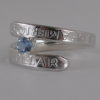
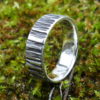






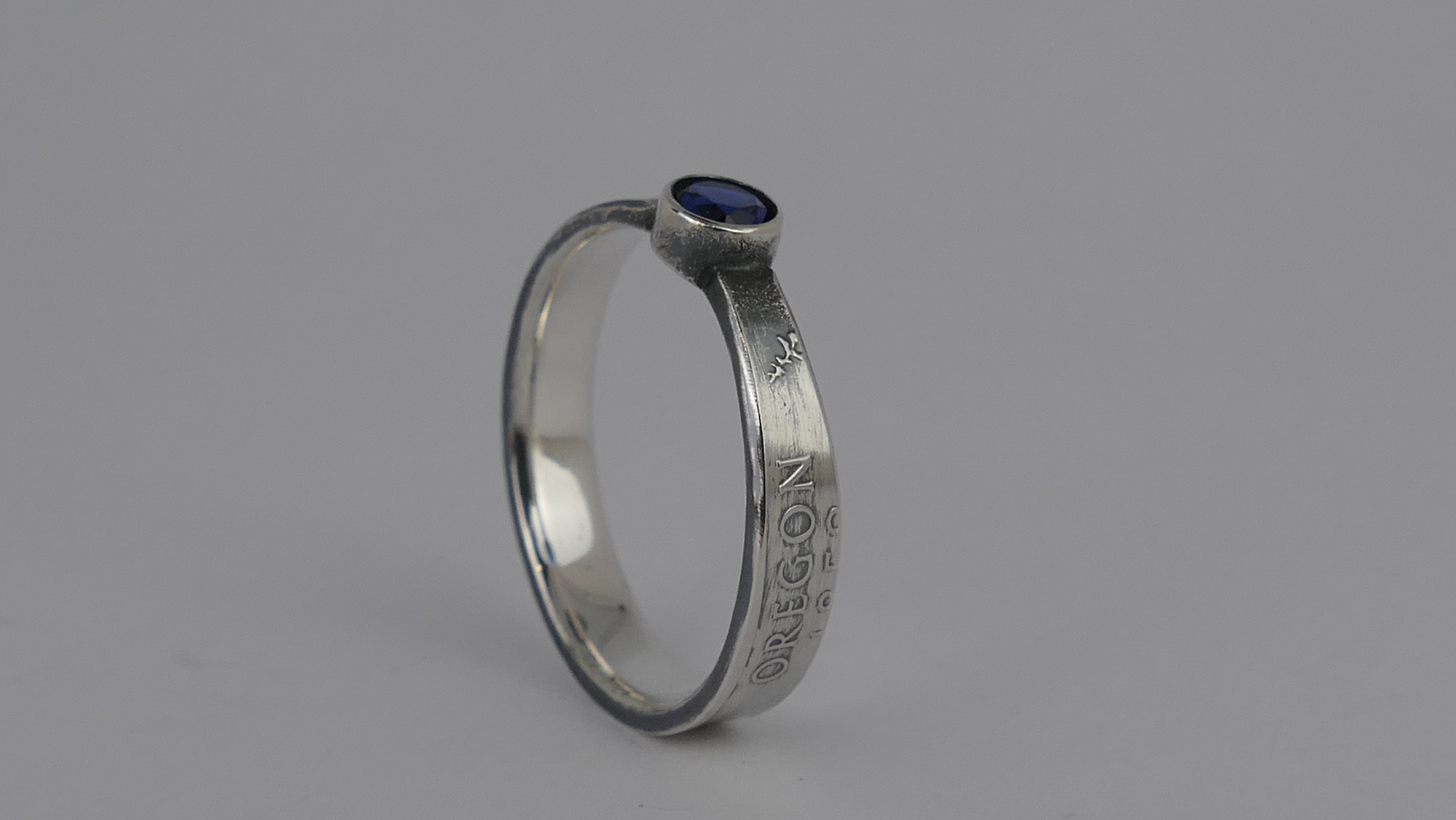
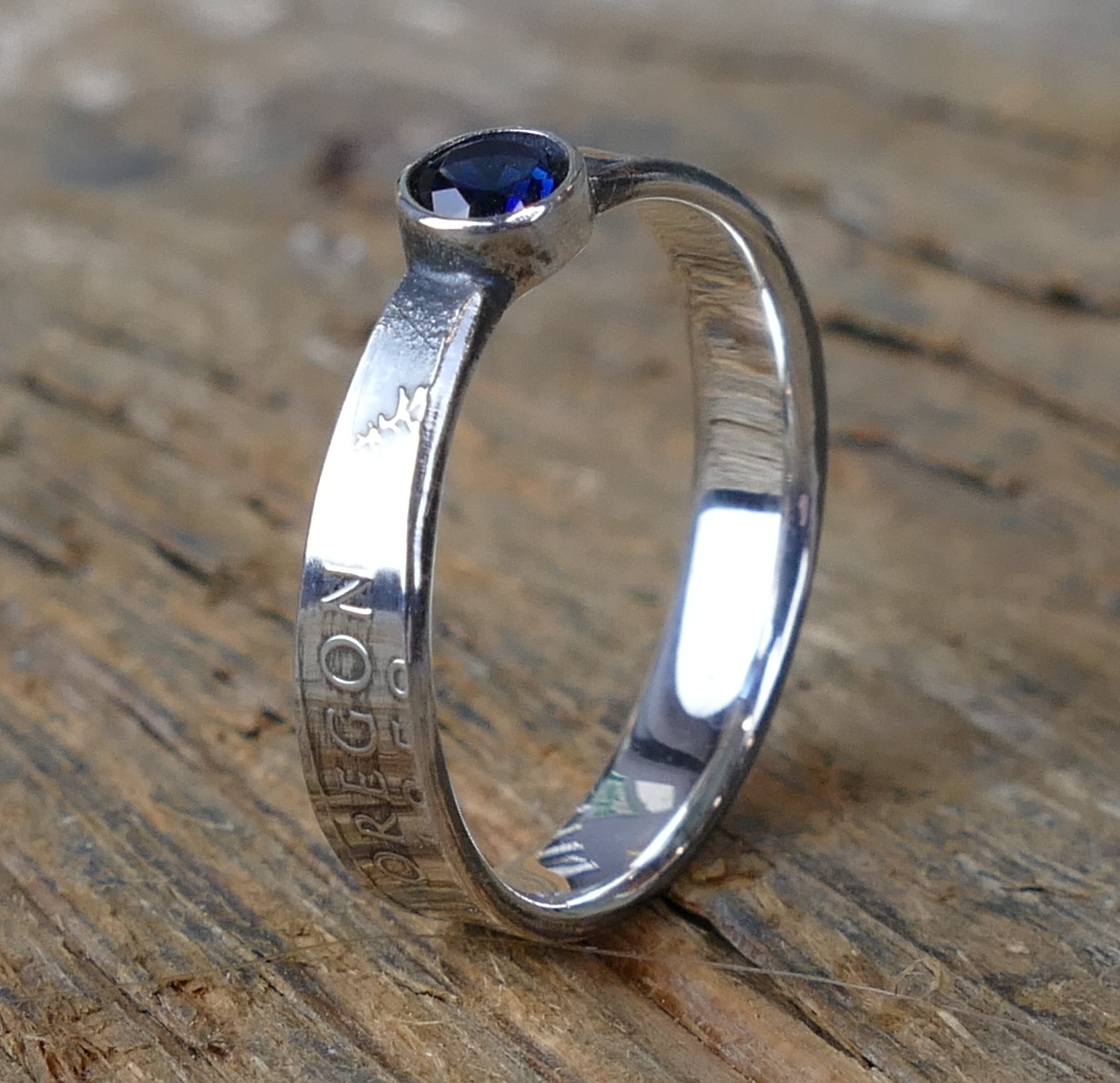
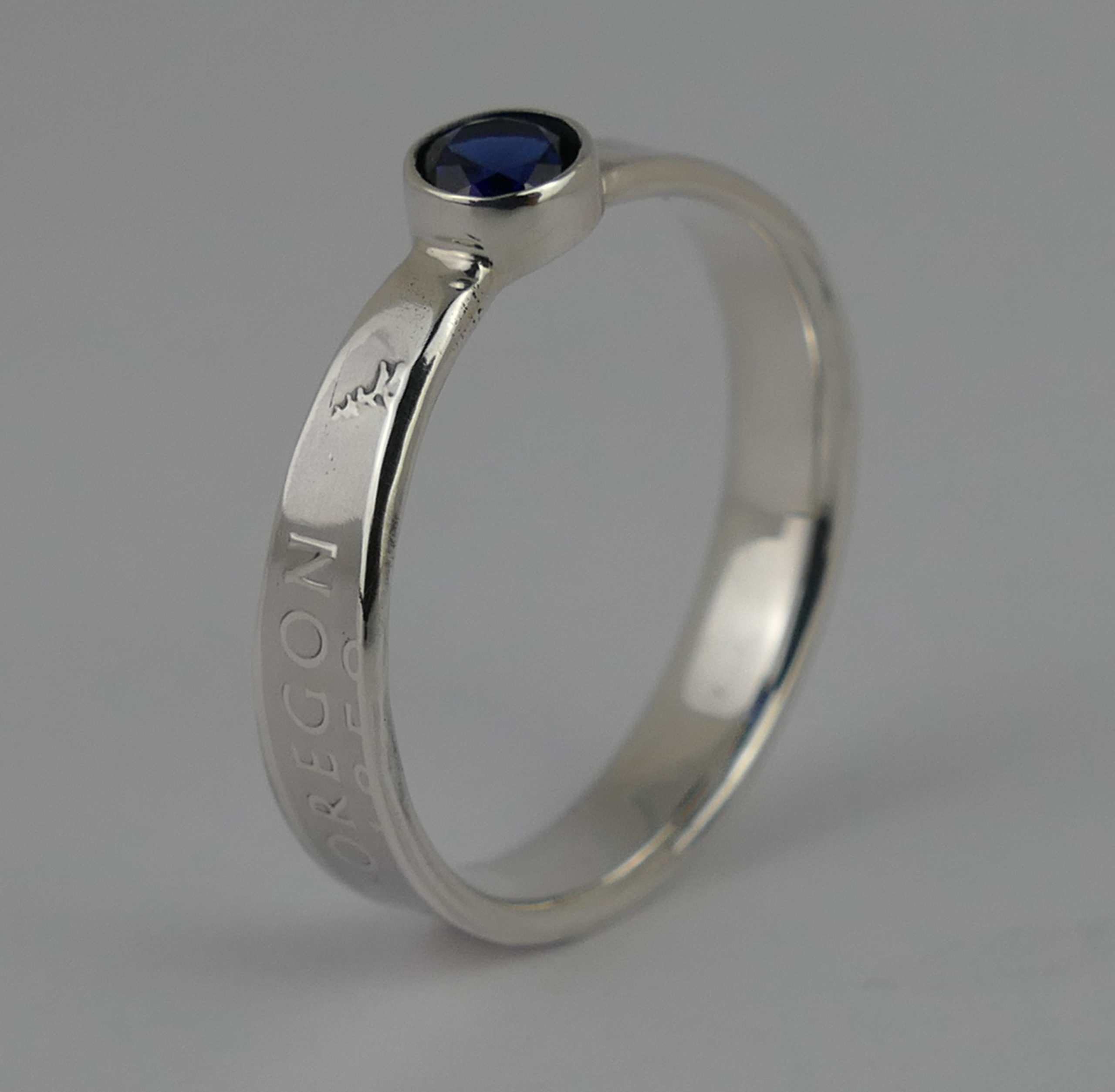
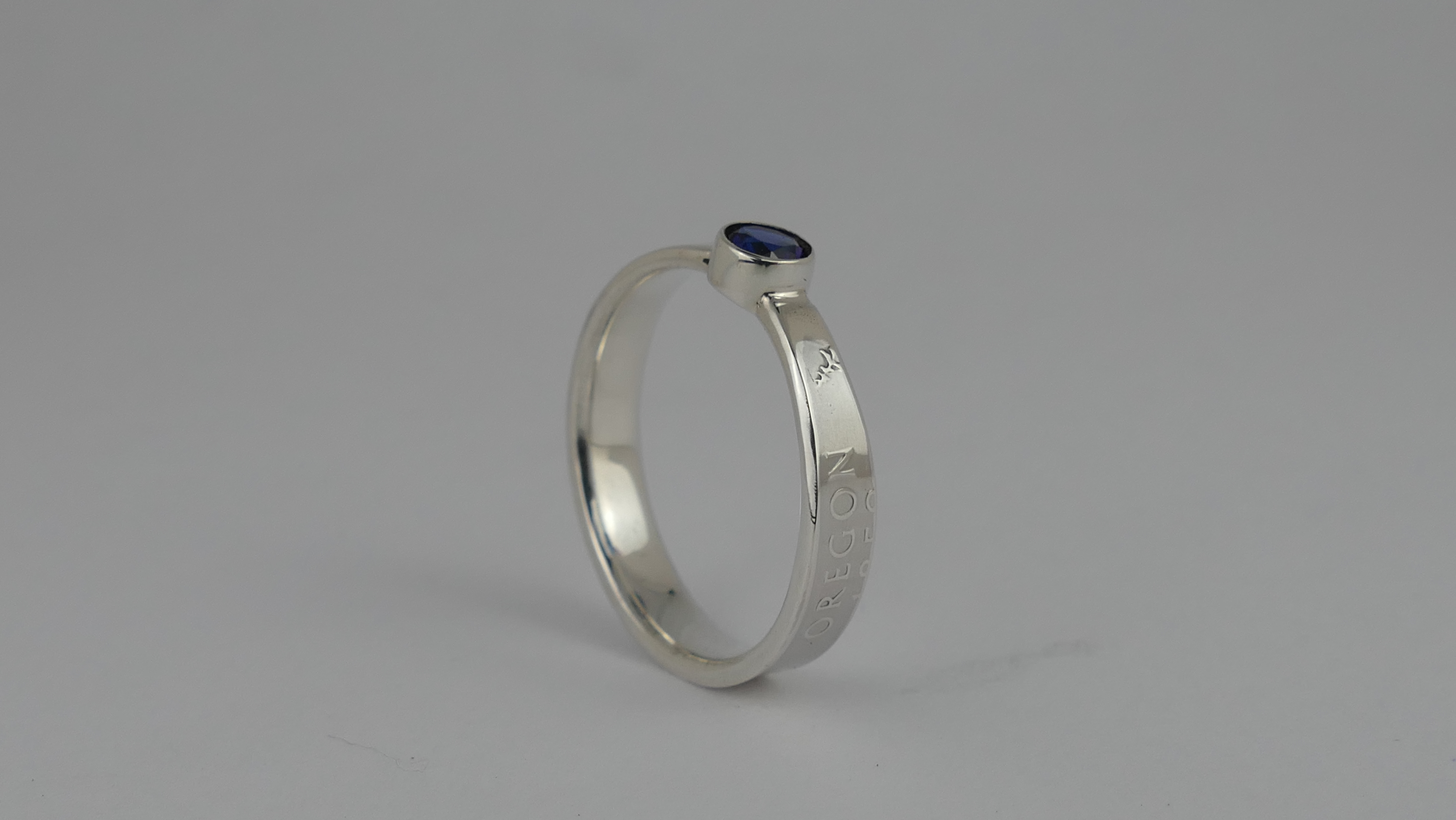
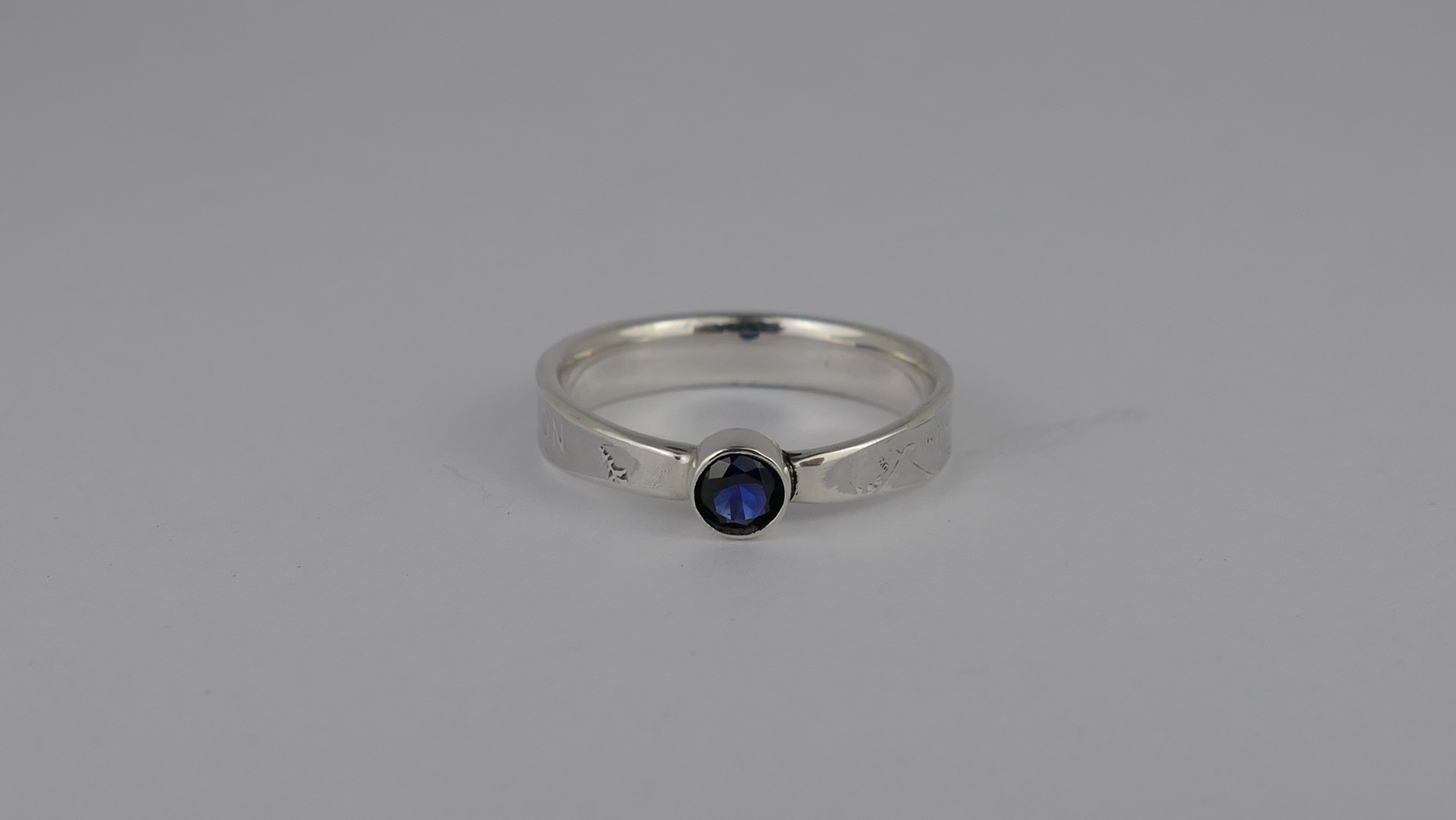
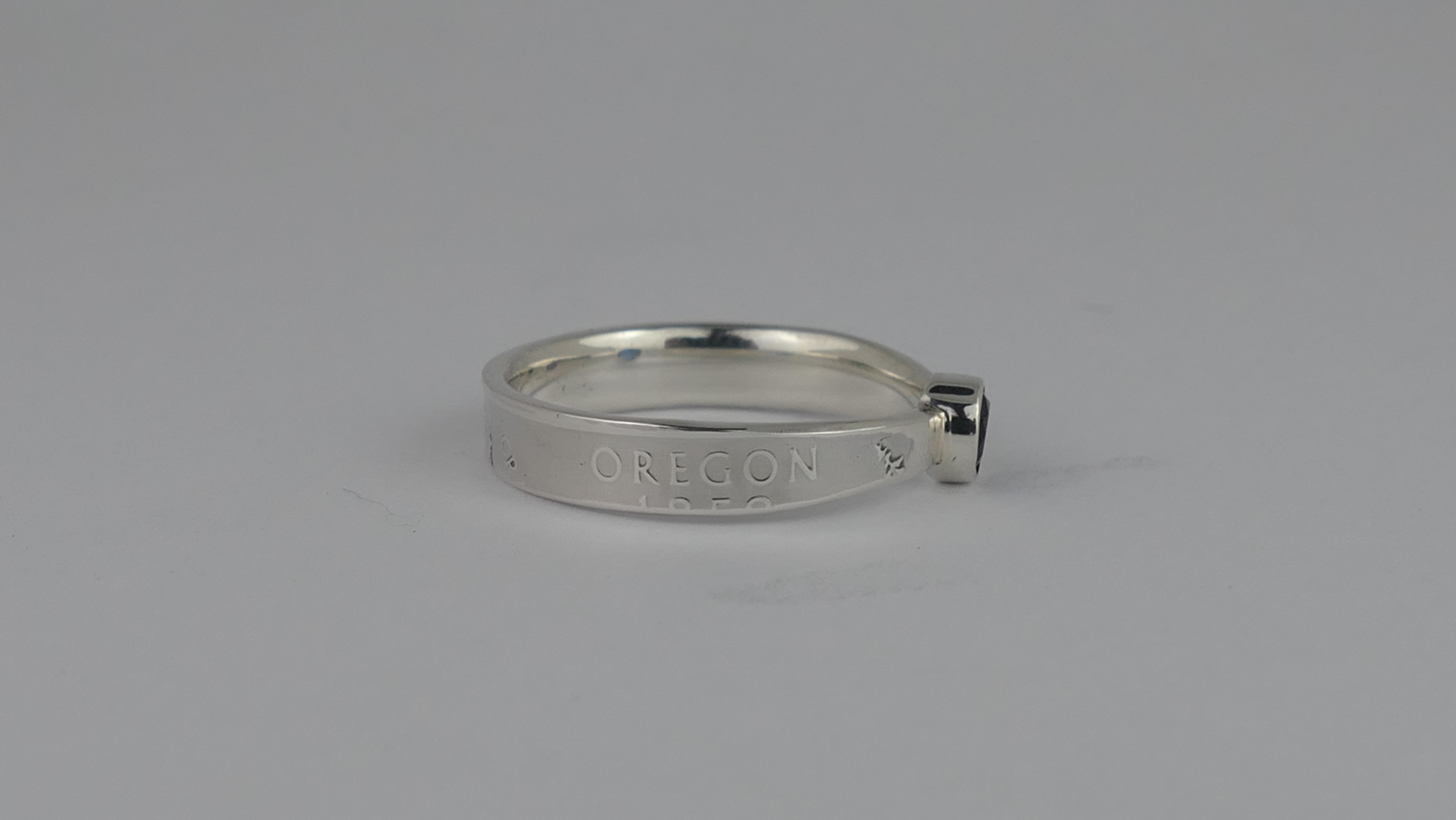
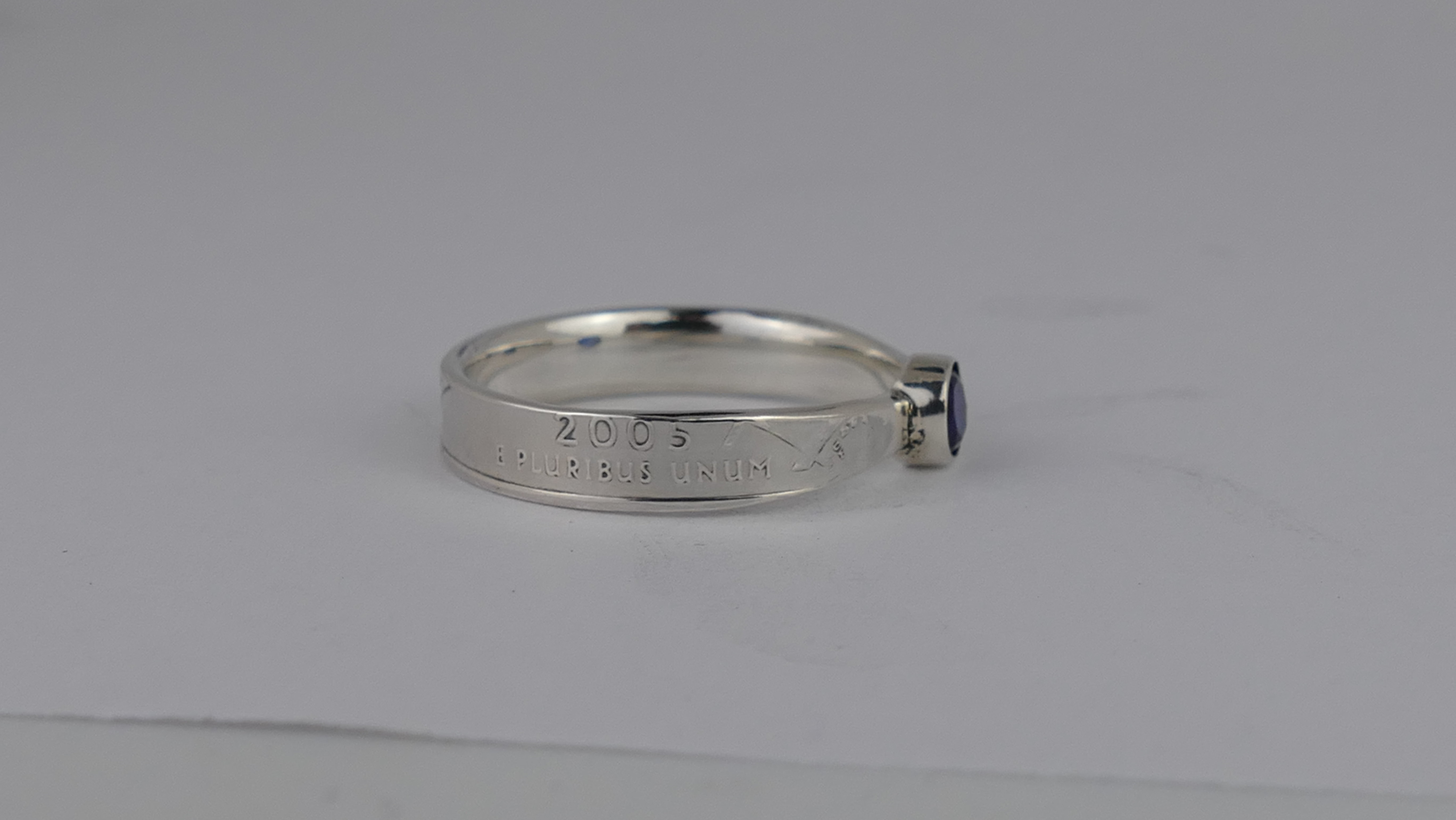
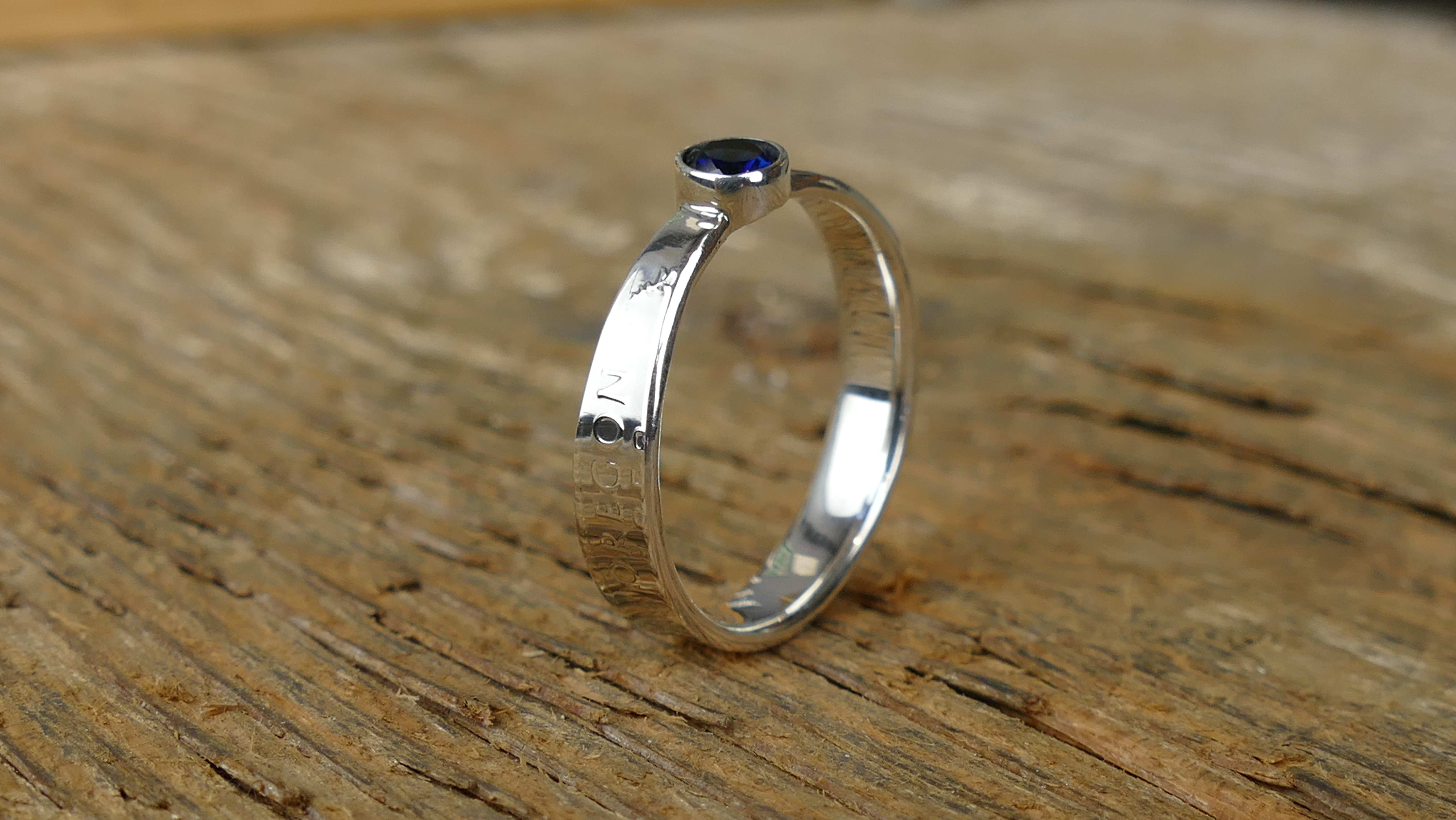

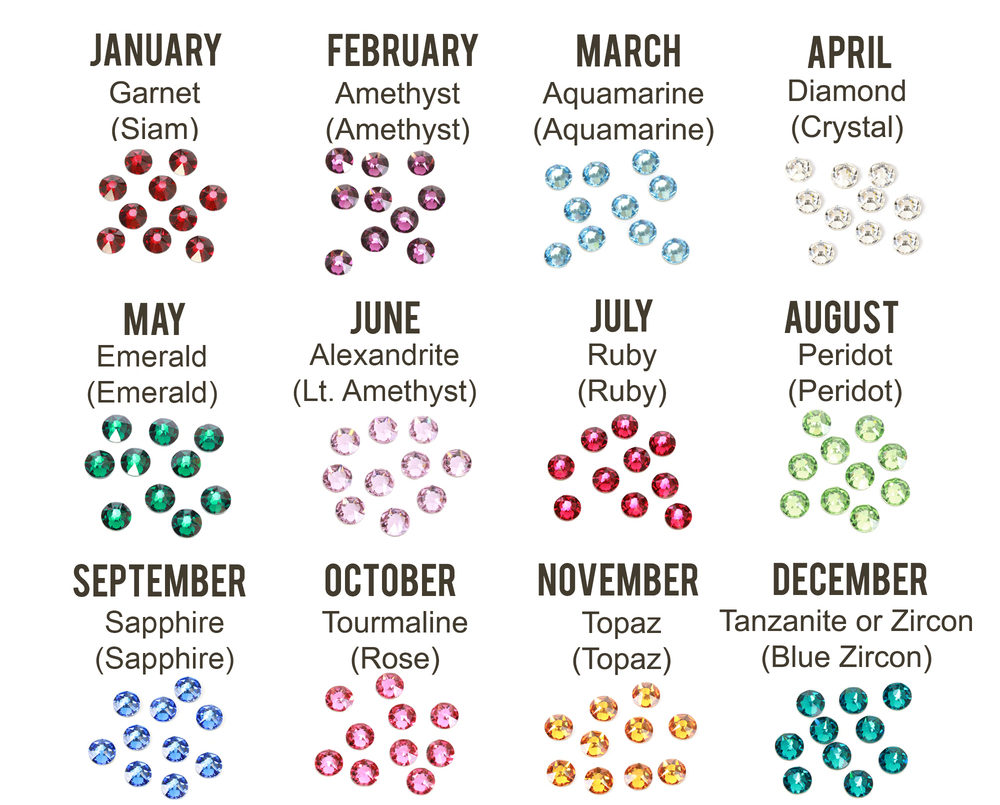







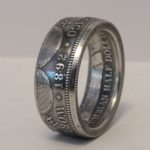









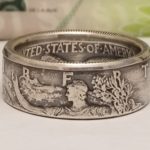





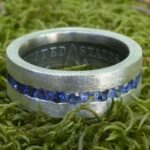







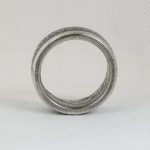

Reviews
There are no reviews yet.